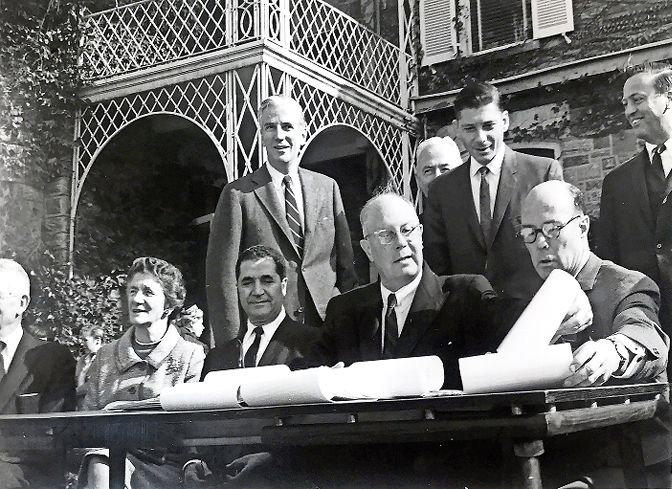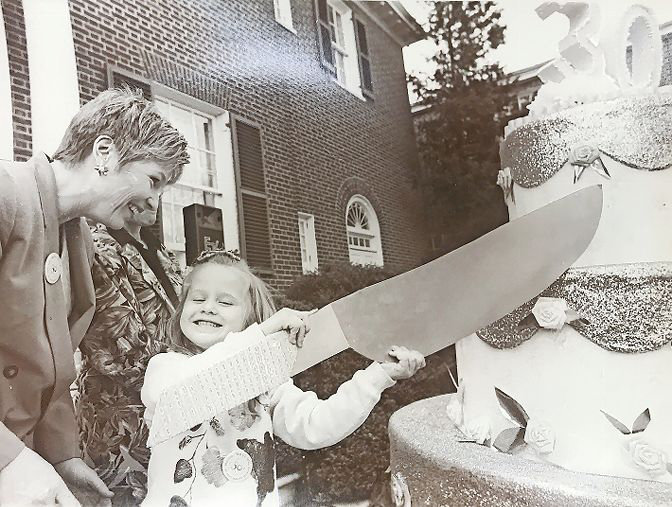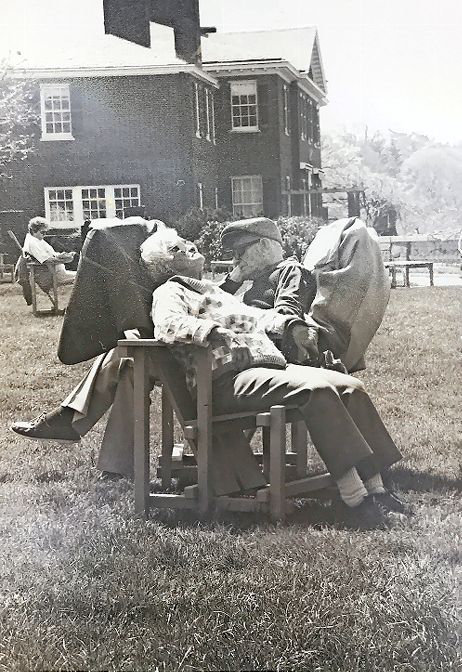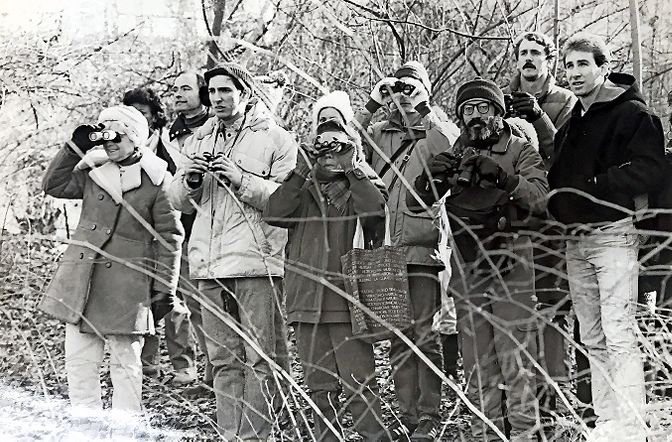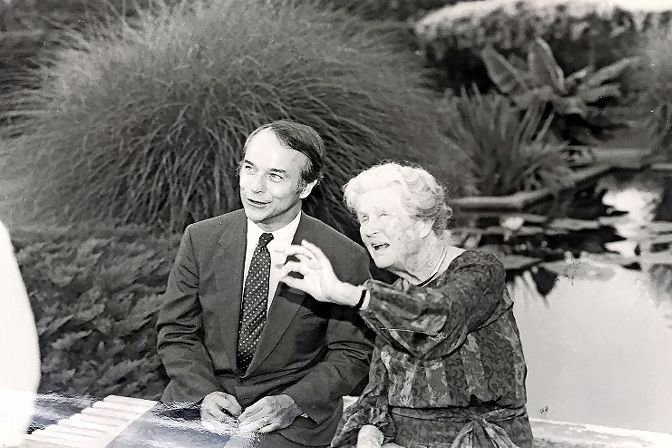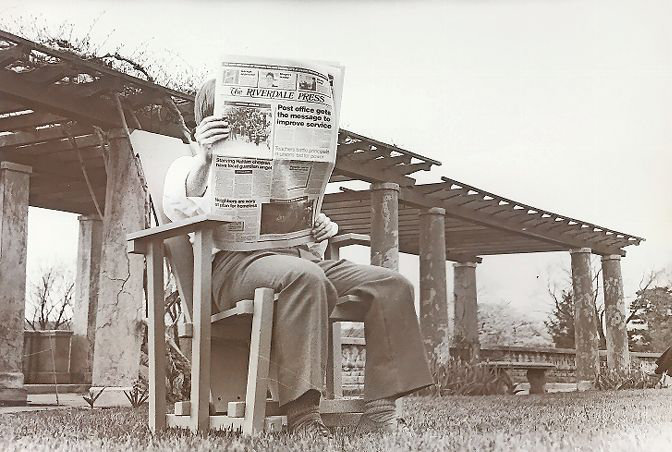Wave Hill ready to write history's newest chapters
Of all the famous people who have called Wave Hill home over the decades — Theodore Roosevelt, Mark Twain, even famed conductor Arturo Toscanini — there’s one Karen Meyerhoff wishes was a part of that list: Sherlock Holmes.
Yes, yes, Sherlock Holmes is a fictional character. But Meyerhoff — Wave Hill’s president and executive director since 2015 — has a real mystery for the famed sleuth: Where does the name “Wave Hill” come from?
“No one really knows where the name comes from,” Meyerhoff said. “We thought maybe this might be the opportunity to finally find out.”
That opportunity was a deep dive into the pages of The Riverdale Press, going back to the very creation of what would become today’s attraction.
There are some theories and speculation shared over the years, but never anything concrete. All that’s known is that “Wave Hill” was the name of the gray fieldstone mansion first built in the 1840s by attorney William Morris. The name of the home overlooking the Hudson River and the Palisades stuck, even as the property itself was enlarged, and later merged with land where the Glyndor mansion stood.
Legend has it that it was Robert Moses himself who convinced widow Evelina Perkins to will the property to the city — which happened upon her death in 1960, just months after her son, diplomat George W. Perkins Jr., suffered a fatal heart attack.
But who would run it?
Both the Audubon Society and the New York Botanical Gardens were hard nos. The cost to rebuild and maintain what had become a rundown property was just too high. And they weren’t alone. Suitor after suitor quickly looked the other way, to the point that it seemed Perkins Gardens — as many had called it then — was close to becoming “Moses’ Folly.”
Then entered Gilbert Kerlin. He was the president of the Riverdale Community Planning Association at the time, and in late 1963, formed a group of local leaders and city officials known as Wave Hill Inc. Their plans became public in November, just weeks before the world was rocked by the assassination of President John F. Kennedy.
“We venture to suggest that this property, when put to its assigned uses, will be a great landmark,” Kerlin would say two years later after Wave Hill became official. “Its program will attract children, students, lovers of nature, and those who wish to pursue the arts in this historic building on this extraordinary location.”
What really caught Meyerhoff’s attention was the fact that many of Kerlin’s original proposals remained intact nearly 60 years later. A cultural center would offer “special concerts, art exhibits, garden parties and receptions.”
There would be a small restaurant and tearoom. There would be classes on conservation, horticulture and even biology. An expert would be stationed on-property to create and coordinate educational programs, while the park itself would become an outdoor laboratory.
Of course, the small restaurant was supposed to be located underground, where the remains of a bowling alley still exist to this day, so that was different. And so are the plans to have the Wave Hill mansion furnished by The Museum of the City of New York.
“I don’t think we ever received those,” Meyerhoff said. “But that’s probably for the best anyway. But to hear about all these other plans, and how much it resembles what we have today — it’s just extraordinary.”
To this day, Wave Hill remains essentially a public-private partnership. The city still owns the property, and may provide some funding. But the bulk of funds come from memberships and donations. It’s made that corner of West 249th Street and Independence Avenue by far one of the most-visited attractions in the greater Riverdale area.
And while it might not get the kind of numbers the New York Botanical Garden or even the Bronx Zoo might get during non-pandemic times, that’s perfectly OK, said Martha Gellens, Wave Hill’s associate director of marketing and communications.
“This isn’t a place designed for a lot of people to visit at once,” Gellens said. “It’s meant for smaller groups. That protects the property, but it also makes it a much more intimate experience for anyone looking for a quiet respite away from the city.”
As anyone who has visited knows, time spent inside the gates of Wave Hill leads many to forget that the rest of the Bronx is just outside. Instead, it’s serene. It’s colorful. It’s a much different perspective.
It took two years for Kerlin to work with the city and Perkins descendants like Dorothy Parker Freeman to make Wave Hill a reality — one that became official on Nov. 4, 1965.
“A dozen persons received brightly colored pens last Thursday at Wave Hill,” according to a story that ran on the front page of The Press on Nov. 11. “Maybe they’re not collector’s items in the same class with the famed LBJ pens. But the recipients place a sentimental value on these writing instruments that far exceed their material worth.
“These were the pens used in signing an agreement between the City of New York and Wave Hill Inc., to establish in Riverdale two new cultural institutions.”
So much history, but sadly, no clues as to the origin of the “Wave Hill” name. But while that’s a fun diversion to think about, Meyerhoff prefers to look at more of the here and now anyway.
“The city helps support us, but we play a role in driving a multi-billion-dollar tourist industry,” Meyerhoff said. “And now we have to help each other through these various crises, and make ourselves available in all kinds of ways — whether it be early vaccination sites, or even early polling places.
“Places like Wave Hill remain in the times of crises and pandemics a sanctuary for the people of the city. We provide civic support, cultural support. And it’s sanctuaries like these that have helped our city endure.”
Did you enjoy this great story from the history of our community? Don't let your newspaper become history. Like many businesses, we're working hard to make it through the pandemic, and appreciate any help you can offer. Donate to keep great journalism like this alive for another 70 years to come by clicking here.

